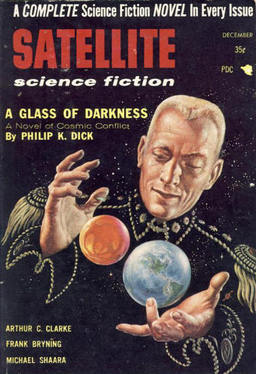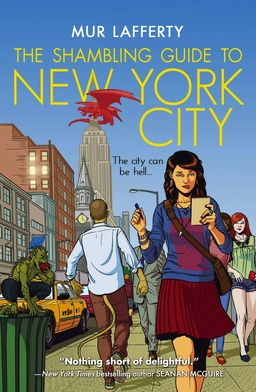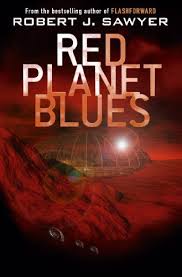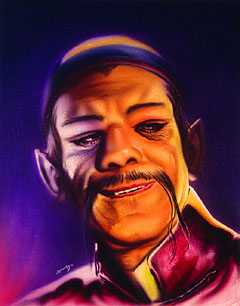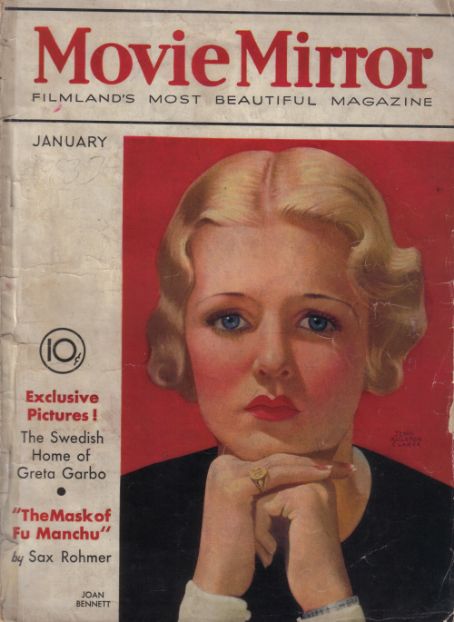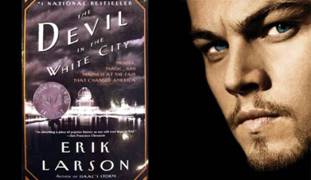A Ghost Put to Good Use: Ali Smith’s Hotel World
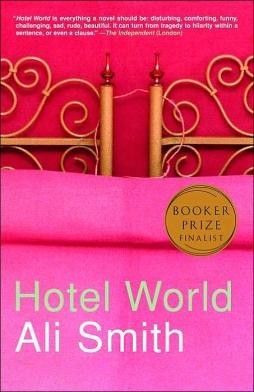 Earlier this week Mark Rigney put up an interesting post on the (narrative) uses of ghosts, and suggested a number of plot and thematic functions a ghost can serve in a story. The post resonated for me with the book I was reading at the time: Ali Smith’s Hotel World. And when I say ‘resonate’ I mean it seemed to echo some of the questions I had about the book, and to suggest some ways of looking at the novel that might help unriddle some of its more curious aspects. So here’s a look at the novel, bearing in mind the question: what’s that ghost doing there?
Earlier this week Mark Rigney put up an interesting post on the (narrative) uses of ghosts, and suggested a number of plot and thematic functions a ghost can serve in a story. The post resonated for me with the book I was reading at the time: Ali Smith’s Hotel World. And when I say ‘resonate’ I mean it seemed to echo some of the questions I had about the book, and to suggest some ways of looking at the novel that might help unriddle some of its more curious aspects. So here’s a look at the novel, bearing in mind the question: what’s that ghost doing there?
Hotel World is Smith’s second novel. Published in 2001, it followed 1997’s Like and two volumes of short stories, Free Love and Other Stories (1995, winner of the Saltire Society Scottish First Book of the Year Award) and 1999’s Other Stories and Other Stories. Hotel World was shortlisted for the Man Booker Prize and the Orange Prize, and won the Scottish Arts Council Book Award. It’s a short novel, made up of five longish interconnected stories and an epilogue. Each of the five main stories follows a woman in a city on the north of the UK; each woman is connected in some way with a certain hotel, a part of the worldwide Global Hotels chain.
The first story is the first-person recollections of one Sara Wilby, ghost. She was a maid in the hotel, who for a joke tried to fit herself into a dumbwaiter on the top floor of the hotel only to have the old dumbwaiter fall and kill her. Her story follows her attempt to understand her death, what happened, and what it means; she succeeds, through a final reconciliation with her former body. The second story follows Else, or Elspeth, a homeless woman who panhandles outside the elegant Global Hotel. She’s given a room for the night by Lise, the night clerk at the hotel, who is the subject of the third story. The fourth story follows a guest, Penny Warner, a newspaper writer working on a puff-piece about Global Hotels. The last of the five stories follows Clare Wilby, Sara’s sister, who, like Sara, is trying to understand Sara’s death. The last section pulls back to give us a wide-angle view of the world and all its connections and ghosts.
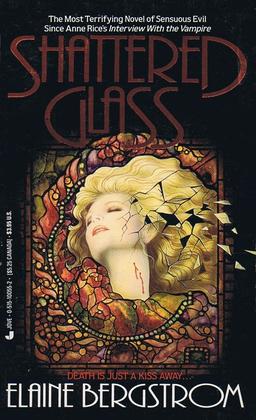
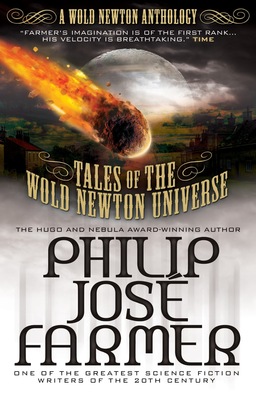

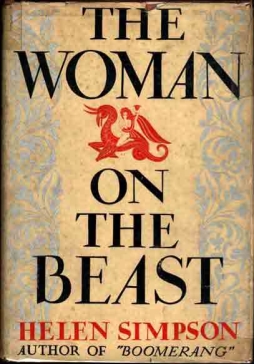 One of the distinct pleasures of used-book sales is finding an old book about which you know nothing, and making a cheap gamble: a literary bet that the story will prove worth the coin. You hope it pays off with unsuspected greatness, but for me as a reader the bet’s covered if I find something memorably strange. Not necessarily greatly strange, but eccentric, interesting, and outside the received narratives of literary histories (and genre histories past). Which brings me to Helen Simpson’s 1933 novel The Woman on the Beast: Seen From Three Angles.
One of the distinct pleasures of used-book sales is finding an old book about which you know nothing, and making a cheap gamble: a literary bet that the story will prove worth the coin. You hope it pays off with unsuspected greatness, but for me as a reader the bet’s covered if I find something memorably strange. Not necessarily greatly strange, but eccentric, interesting, and outside the received narratives of literary histories (and genre histories past). Which brings me to Helen Simpson’s 1933 novel The Woman on the Beast: Seen From Three Angles.